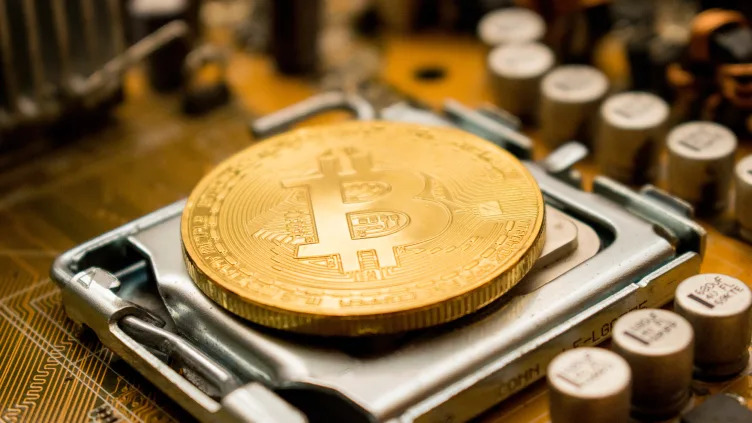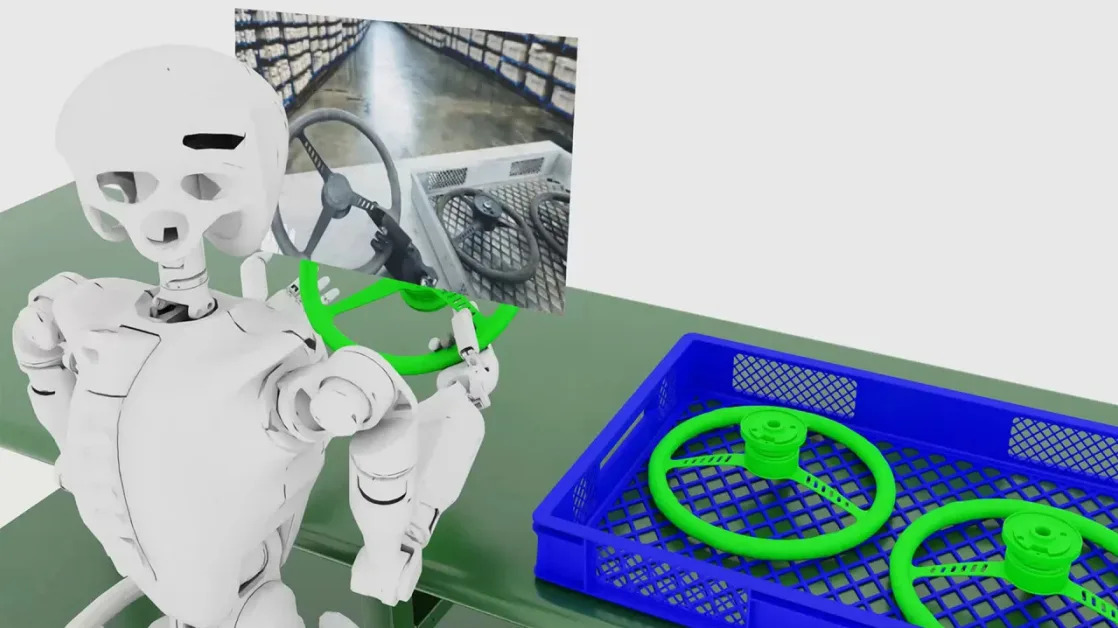
Bitcoin mining difficulty has surged to a new all-time high of 110.45 trillion after eight consecutive positive adjustments. This marks a significant increase from the original difficulty, making mining approximately 110.45 trillion times harder than when Bitcoin was first introduced. Despite this rising difficulty, Bitcoin miners are still operating with a threefold profitability margin. According to Glassnode’s Difficulty Regression Model, the cost to mine one Bitcoin is estimated at $33,900, while the cryptocurrency’s price stood at around $105,578 as of Jan. 21. The growing competition in mining, however, is reducing the overall profitability, as more miners join the pool and the hashrate rises.
The Bitcoin network’s hashrate is a key indicator of the strength and resilience of the ecosystem. A year ago, the hashrate was around 600 exahashes per second (EH/s), but it now ranges between 700 and 900 EH/s. This shows that, despite the increasing difficulty, the network is growing stronger as more participants continue to join. Data from Glassnode shows that revenue per exahash currently stands at $60,800, but miners' cash flow per mined block decreased significantly after the Bitcoin halving event in April, which cut block rewards from 6.25 BTC to 3.12 BTC.
In response to the rising difficulty and competition, Bitcoin miners are increasingly diversifying their activities. Some mining companies have expanded into high-performance computing (HPC) and artificial intelligence (AI) to supplement their earnings. Hive Digital, for example, repurposed its Nvidia machines for AI applications, generating $2 per hour in revenue, a significant increase from the $0.12 per hour generated from crypto mining. Other companies, such as MARA Holdings, have issued convertible bonds to purchase Bitcoin and have started lending out their Bitcoin for additional income, demonstrating how miners must adapt to maintain profitability in a more competitive landscape.
The high difficulty and growing competition also show the adaptability of the Bitcoin mining industry. Mining remains essential for securing the Bitcoin network, and miners have proven their resilience in the face of challenges. In Texas, Bitcoin miners saved the state $18 billion by helping stabilize the energy grid, eliminating the need for new gas peaker plants. Additionally, many miners are now holding onto their mined Bitcoin, following strategies similar to those of companies like MicroStrategy. This move reflects the trend of Bitcoin miners increasingly stacking up reserves rather than selling immediately.
Bitcoin's mining difficulty and hashrate growth reflect the overall strength of the network. Even though miners face rising costs and increasing competition, they continue to innovate and adapt, ensuring the sustainability and security of the Bitcoin network.





